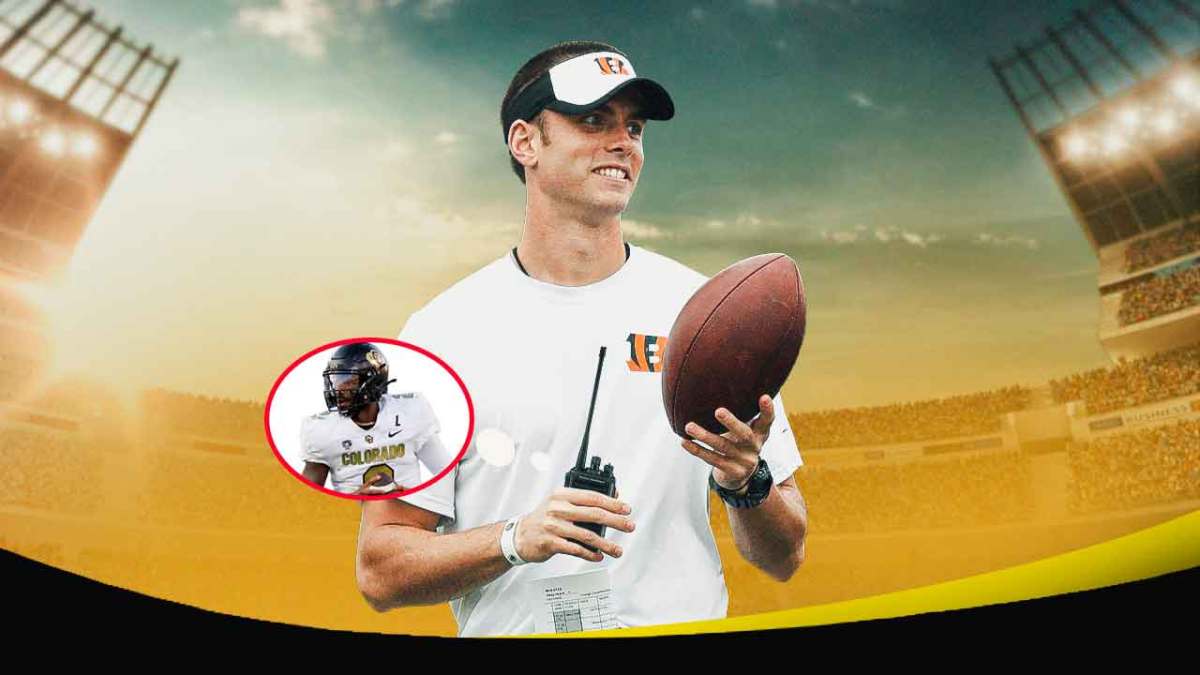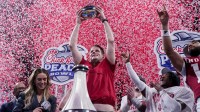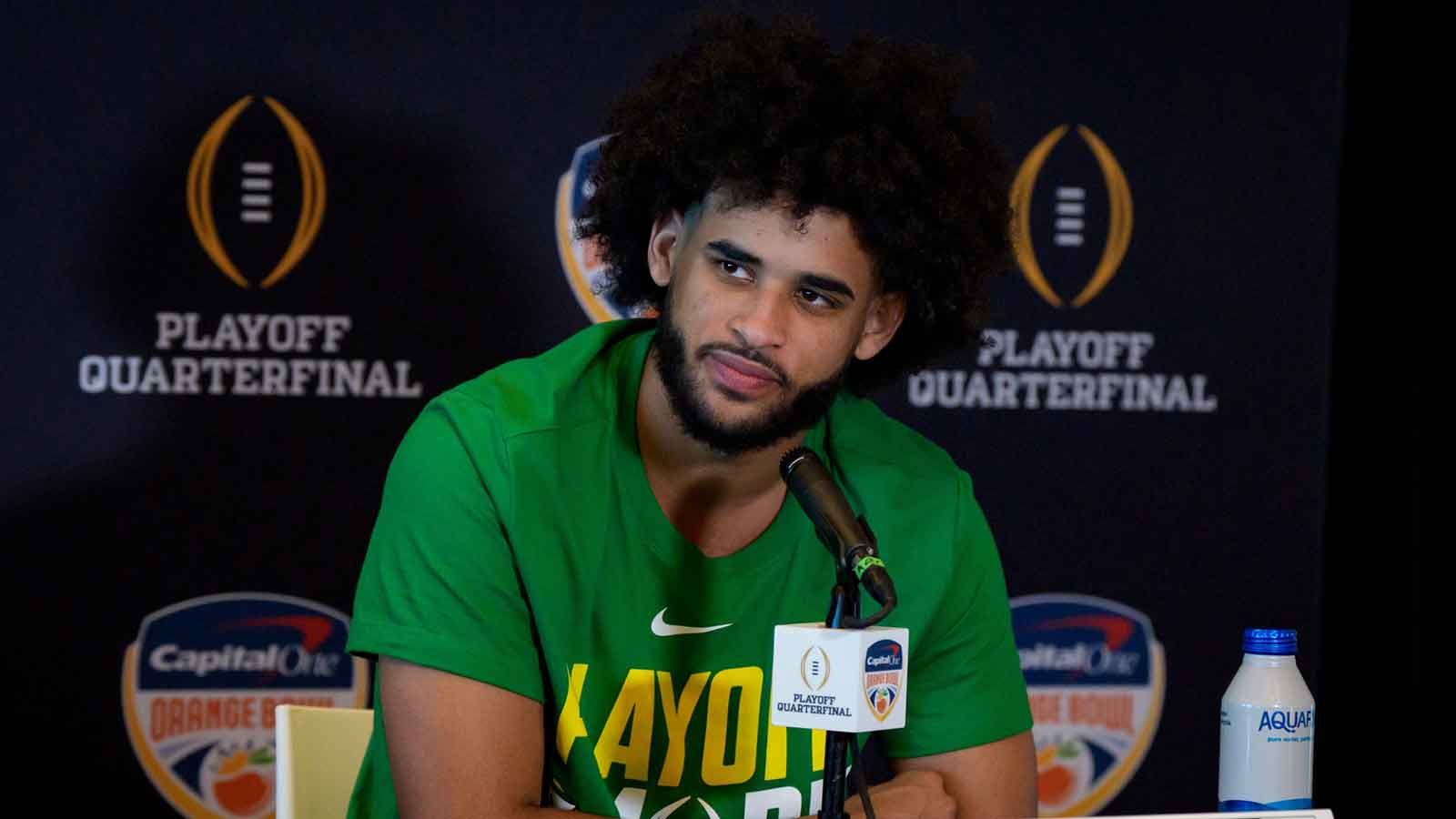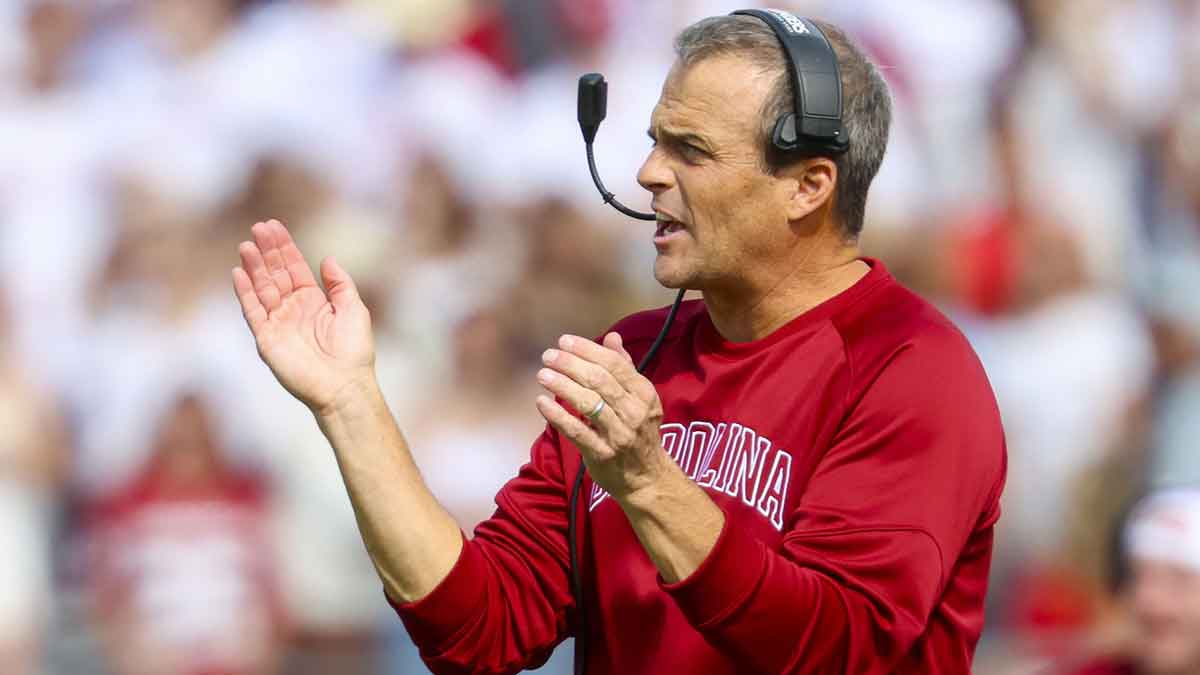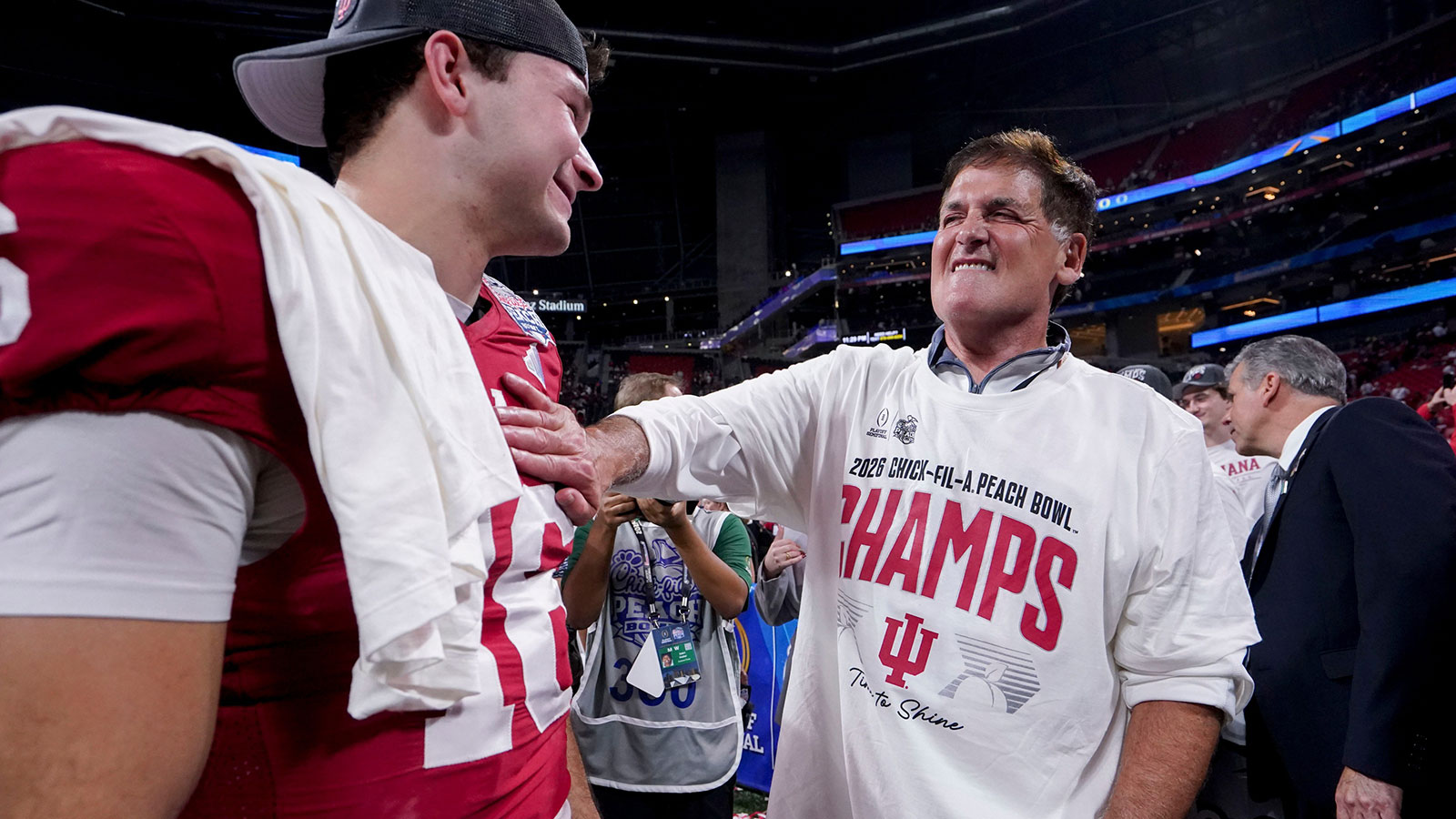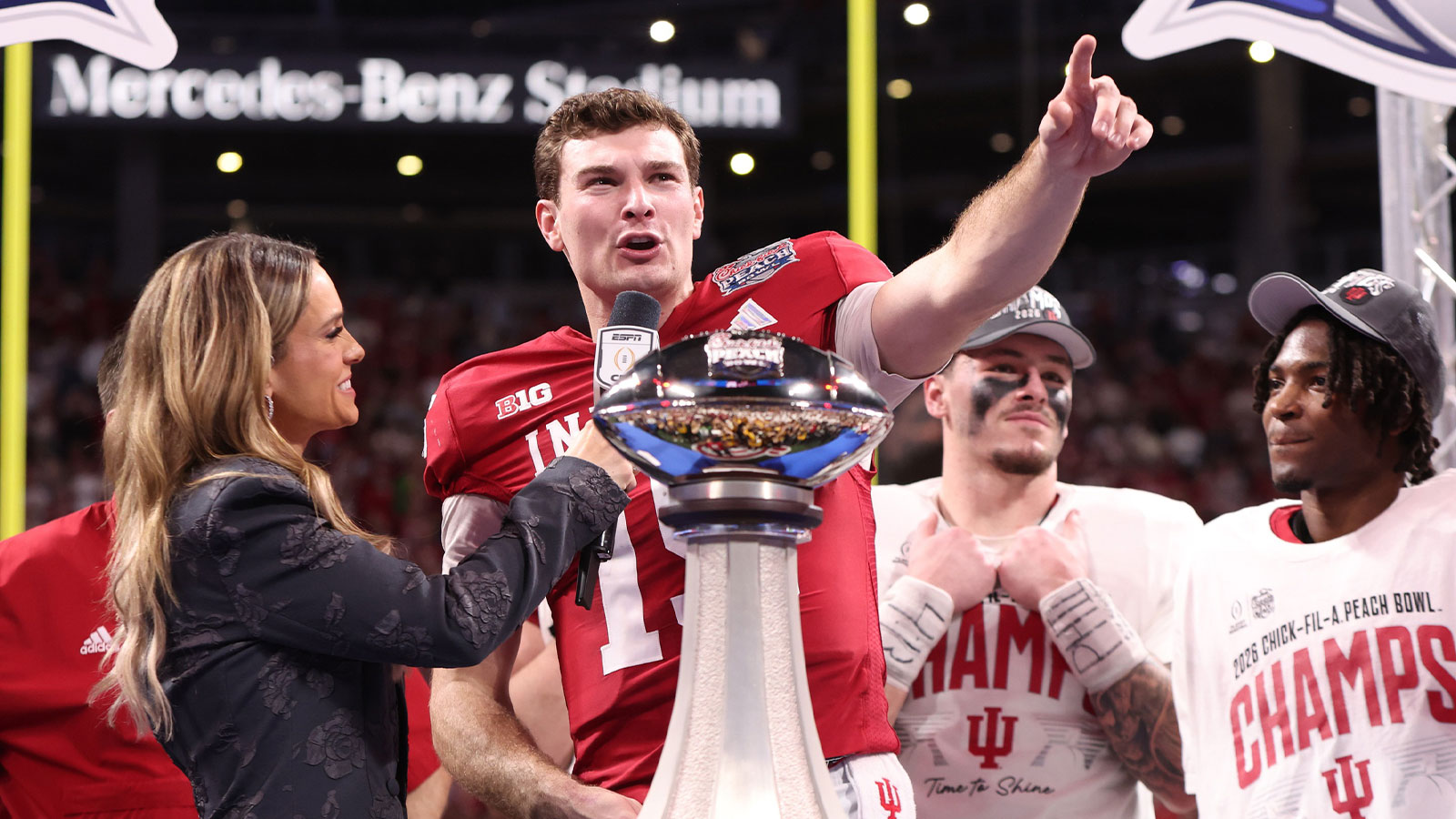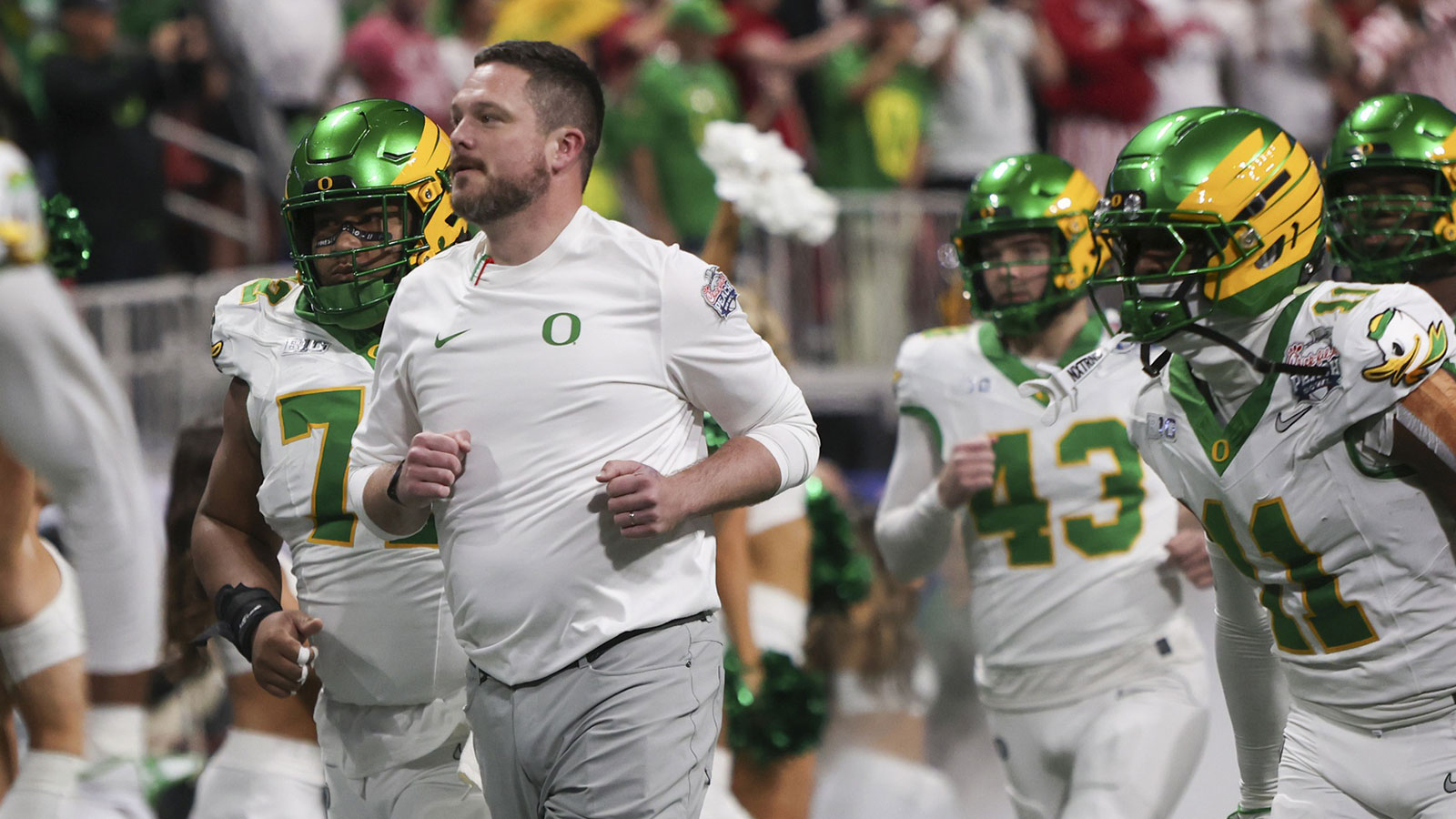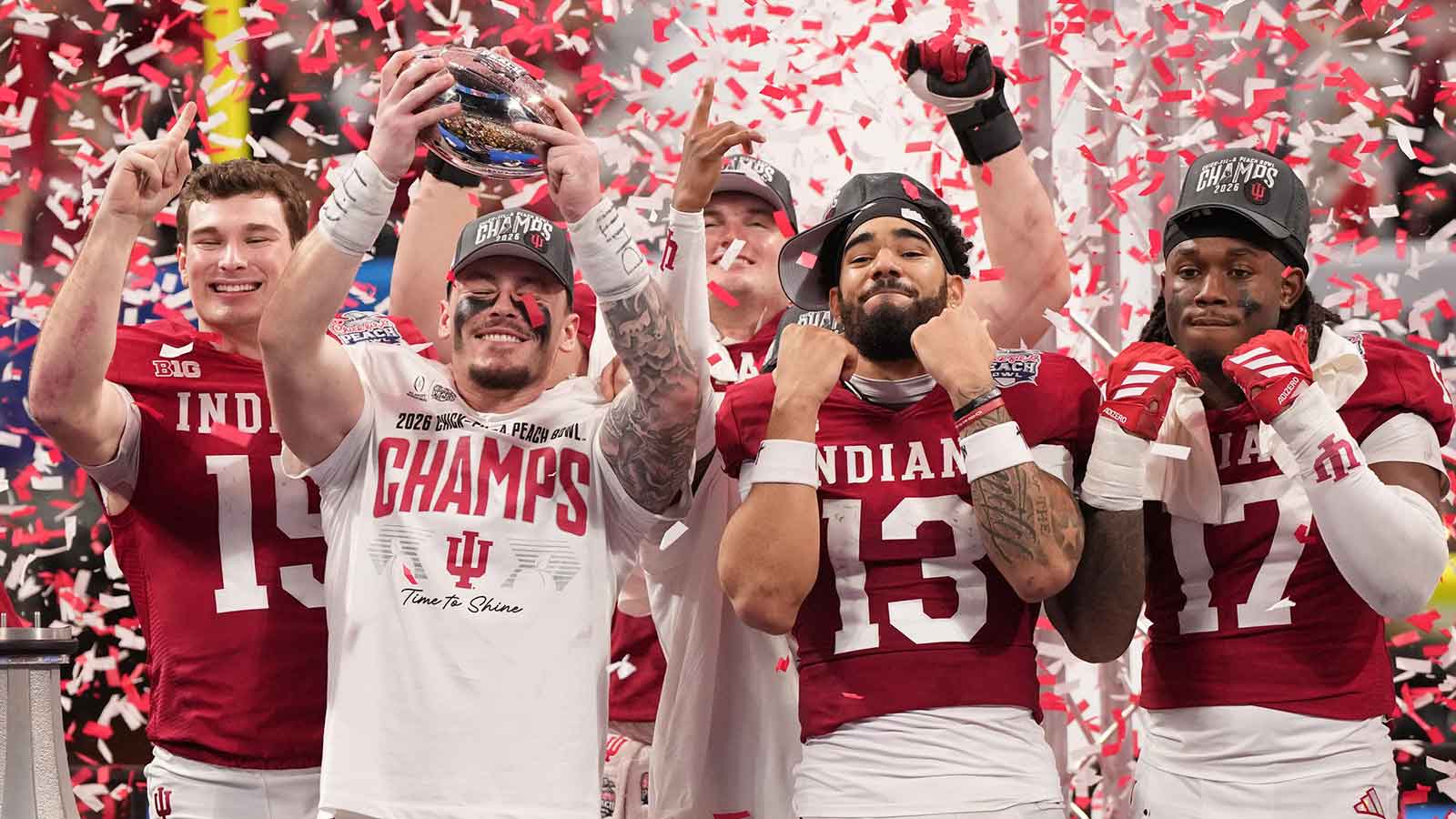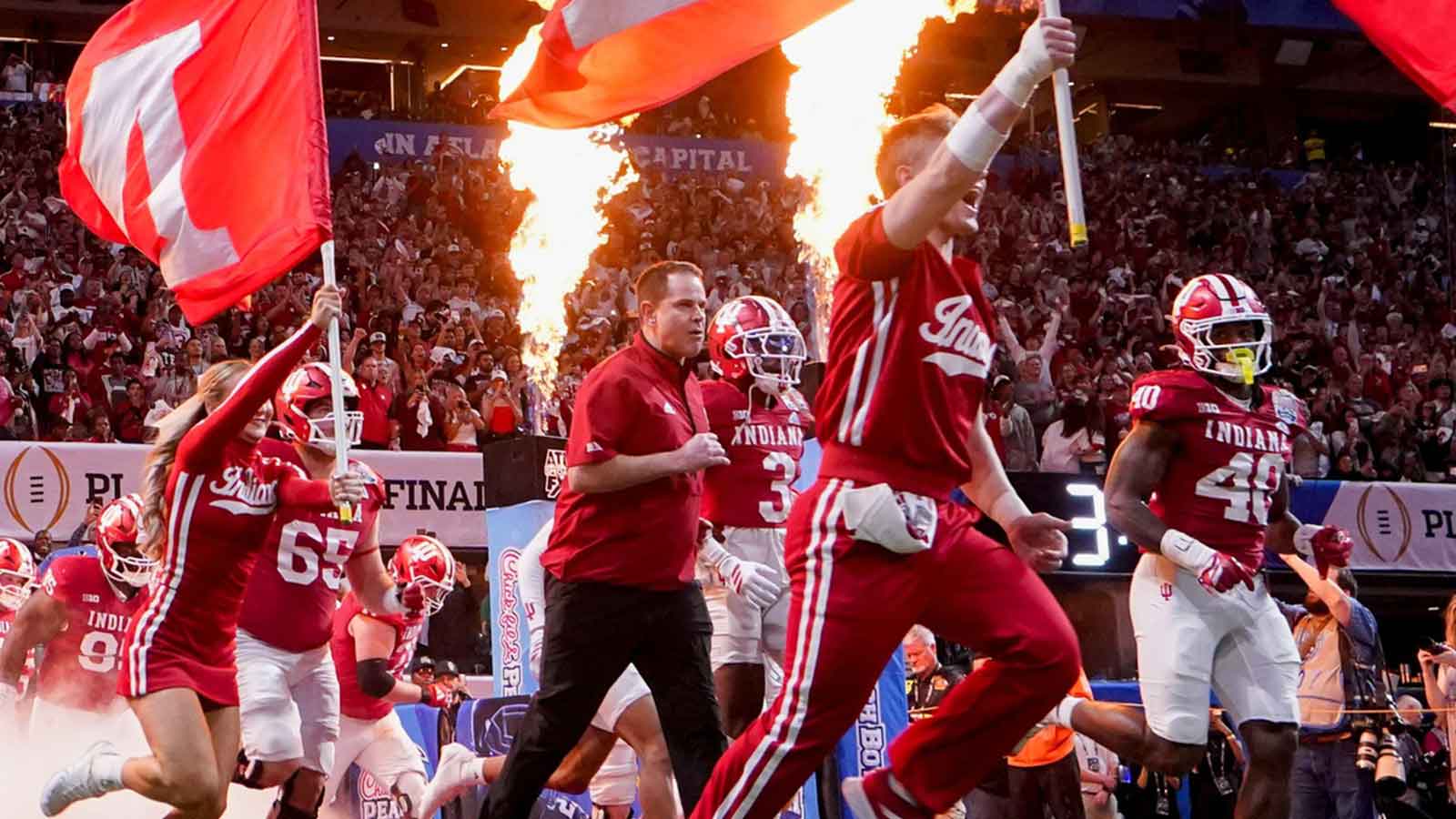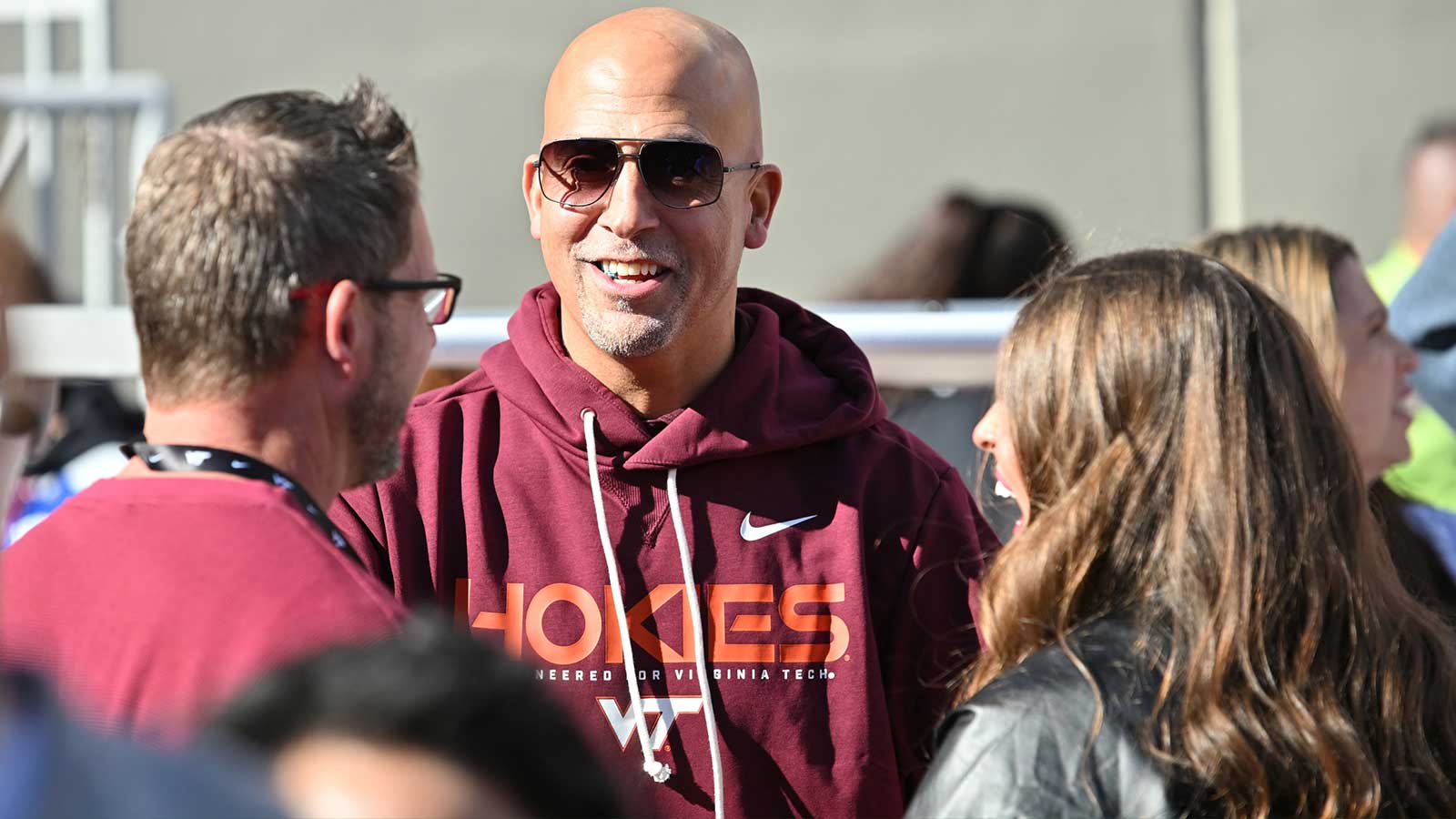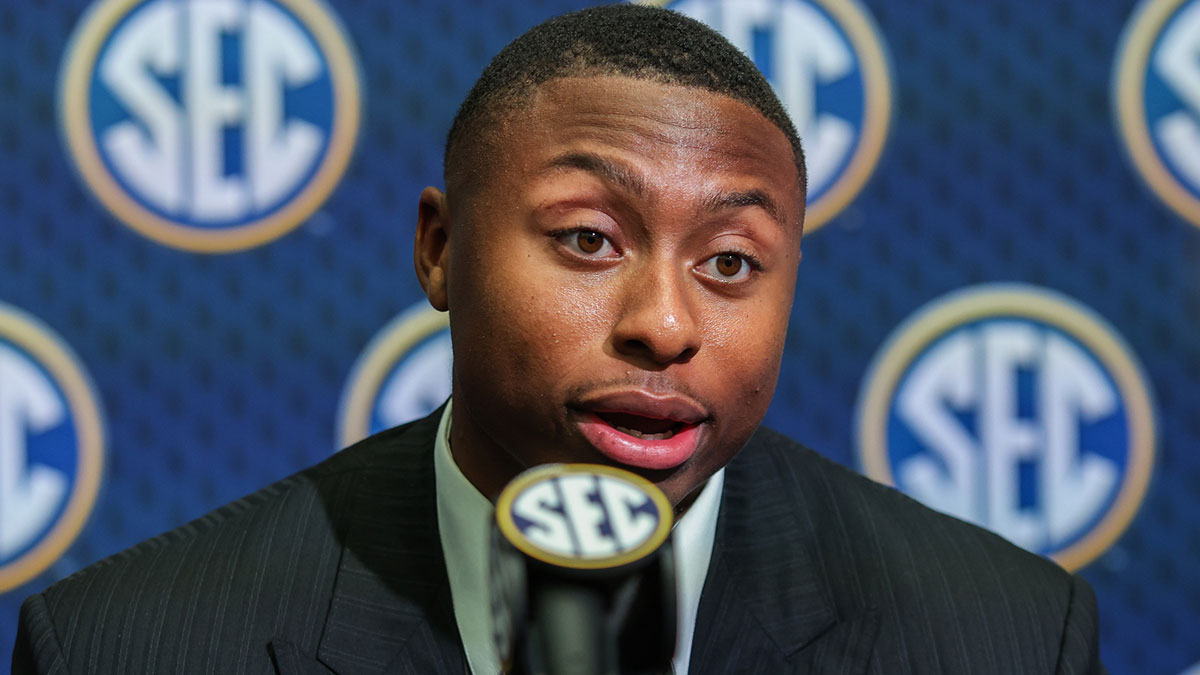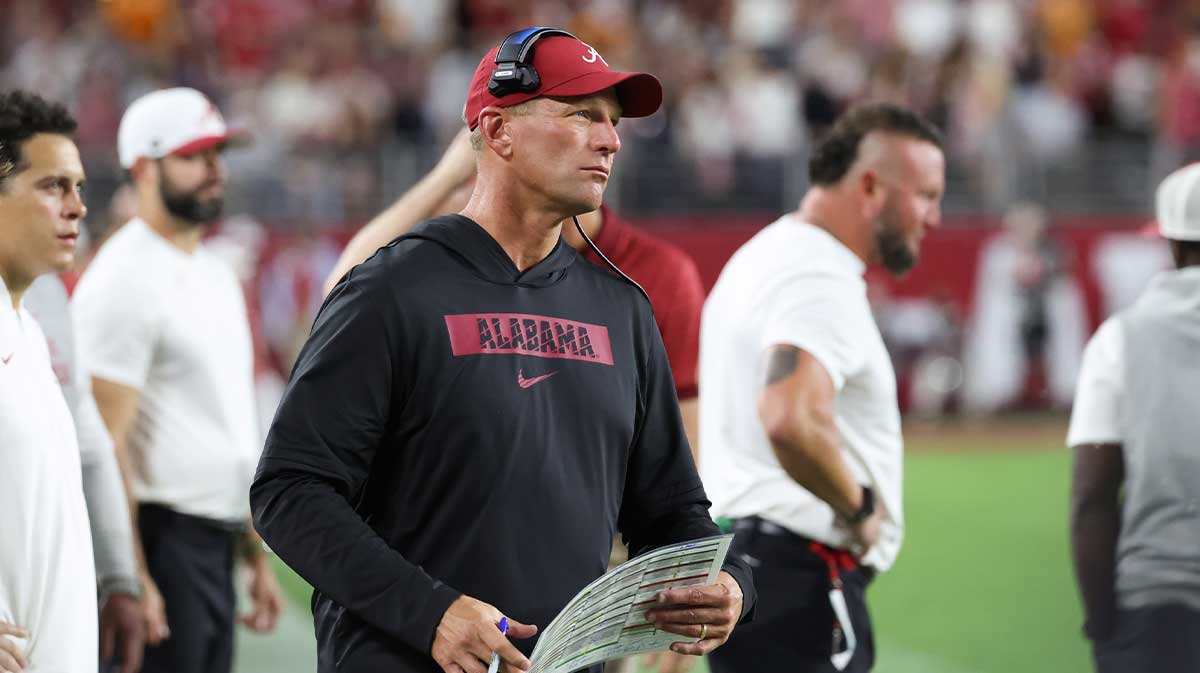First-year Colorado football defensive coordinator Robert Livingston intends to leverage the NCAA's new rule allowing coach-to-player communication through in-helmet radios during the regular season.
For the first time in college football history, the NCAA will permit coach-to-player communication through in-helmet radios during the regular season. This innovation was tested during last year's bowl season by teams such as Cal and Texas Tech.
Back in March, the football rules committee recommended that teams in the highest tier of Division I be allowed—but not required—to utilize this radio technology, similar to what is used in the NFL.
Implementing the in-radio communication like the NFL
The system’s initial rules are similar to those used in the NFL. Only one player per team can communicate with the coach via radio, and the connection is automatically terminated by a neutral party with 15 seconds left on the play clock. Additionally, teams must indicate which player has the radio communication by marking their helmet with a green dot.
Adapting to the new radio system may be challenging for some college teams, but Colorado football is well-positioned to handle it. The Buffs' offensive and defensive coordinators bring years of NFL experience with in-helmet radios, which should facilitate a smooth transition.
“[Using the in-helmet radio] is a great advantage for us, it’s a little bit more my comfort zone,” said defensive coordinator Robert Livingston via Ryland Scholes of Ralphie Report.
Livingston's extensive experience with in-game radio communication during his eight years as the Cincinnati Bengals' DBs coach will be a significant asset for Colorado.
His familiarity with the system will give the Buffs' defense a considerable edge, especially in the early part of the season.
Livingston’s understanding of what works and what doesn’t with the in-helmet radios will help smooth out any potential issues, particularly during Colorado's crucial non-conference games.
Leveraging Robert Livingston's experience
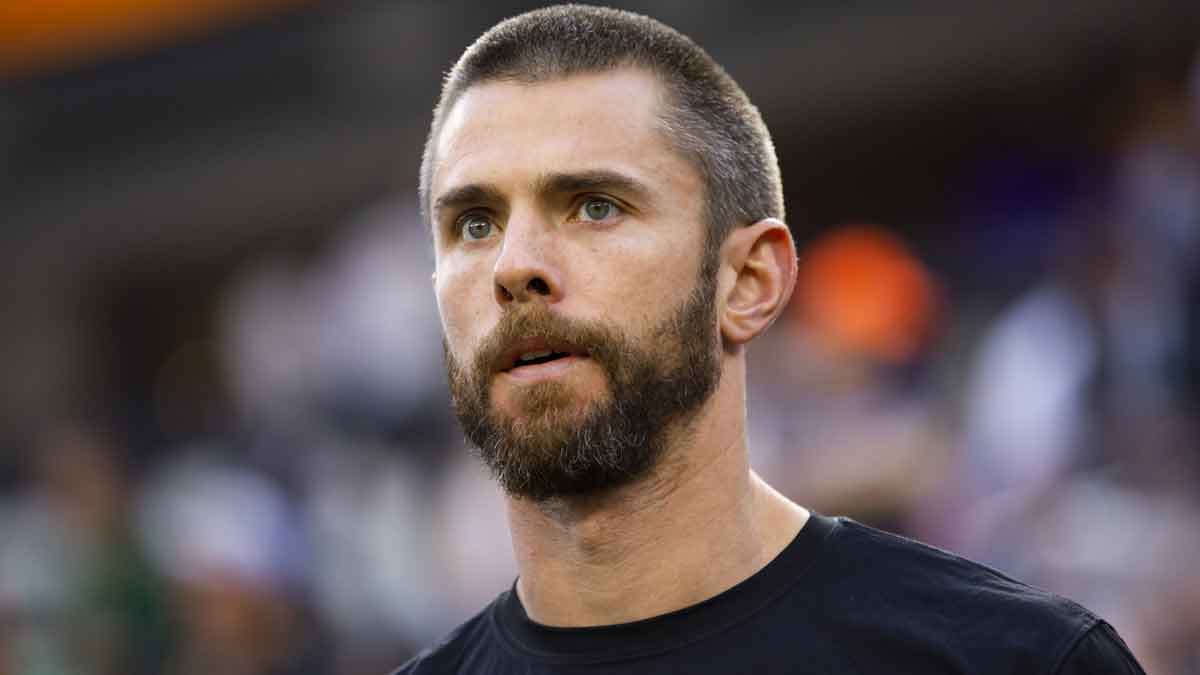
Since Robert Livingston arrived in Boulder after a 12-year tenure with the Cincinnati Bengals, it's been clear that he plans to adjust the Colorado Buffaloes' defense to fit the strengths of their players.
After 15 spring practices, Livingston has familiarized himself with Colorado football’s defensive roster and is currently making final assessments, particularly with the addition of new players this preseason.
“Defensively, do I think that when you’re getting no-huddle spread [the radio] is going to work perfect every time? No,” he said.
“Are you still going to have to signal? Yes. But it’s a great tool for us and candidly it’s a great tool to talk to the guys on the field,” continued the Buffaloes defensive coordinator.
The choice of which player will wear the green dot for Colorado’s defense is still undecided. Livingston indicated that they are testing various options in practice to find the most effective solution for the team.
“Everybody will have [the radio] at some point so once we have to make that decision bi-weekly, it won’t be the first time that they’re hearing me,” he continued.
The situation is straightforward for Colorado’s offense: Shedeur Sanders will wear the helmet radio to receive play calls from offensive coordinator Pat Shurmur.
Shurmur, who has extensive experience as an NFL offensive coordinator—most recently with the Broncos from 2020 to 2021—will be well-acquainted with the helmet radio system, similar to Livingston.
Deion Sanders hired Livingston and Shurmur without knowing how their experience with helmet radios would benefit the team. This unintentional advantage has now given the Buffs a strong edge in communication for the 2024 season.

